In my first post I took a look back at a couple of years snapping away with my Ricoh GR digital camera. I submitted that post to 35mmc as it was around the time I had decided to scratch my itch for a film camera. I had recently pushed the button on a Hasselblad Xpan II and being as I was half way through my first roll, I thought I would get in touch with Hamish to see if he was interested in having me tell my film story right from the start.
A few weeks on, and with it feeling at times that this seemed like a jump into the deep end of 35mm film photography, I thought I would share a few shots from my first rolls of film and tell you how I got on.
The observant amongst you will have realised the photo above is actually a Fujifilm TX-1 not a Hasselblad Xpan, so I will address this continuity issue before going on. The Hasselblad XPAN II I originally bought and mentioned in my first post developed an issue with the panoramic mode selection button, so I returned it. While looking for a replacement I spotted a recently serviced Fujifilm TX-1 for a considerable discount to the Hasselblad version and swooped. It’s essentially the same camera as the Hasselblad XPAN I minus the Hasselblad branding. I also liked the idea of the ISO dial on the front of the XPAN I as opposed to setting it digitally on the back of the XPAN II. Obviously, the results from both cameras are identical. Now that’s sorted let’s lets press on…
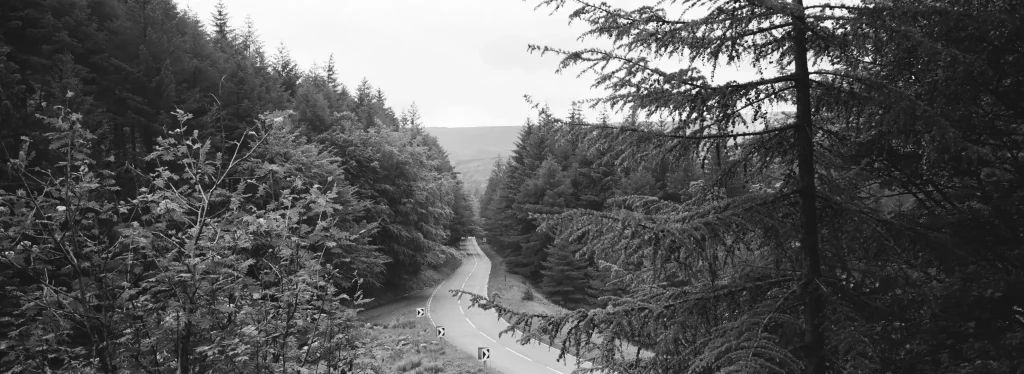
A decision of the heart
My decision to go with the Xpan was undoubtedly a decision of the heart rather than the head, as I knew I would have to embrace film photography and the panoramic format simultaneously. But the ability to compose a panorama directly in the viewfinder really appealed (maybe it was the movie buff in me) and I soon found myself with an Xpan II in my hands, my first roll of Tri-X 400 loaded and began to get to grips with panoramas, film exposures, and manual focus.
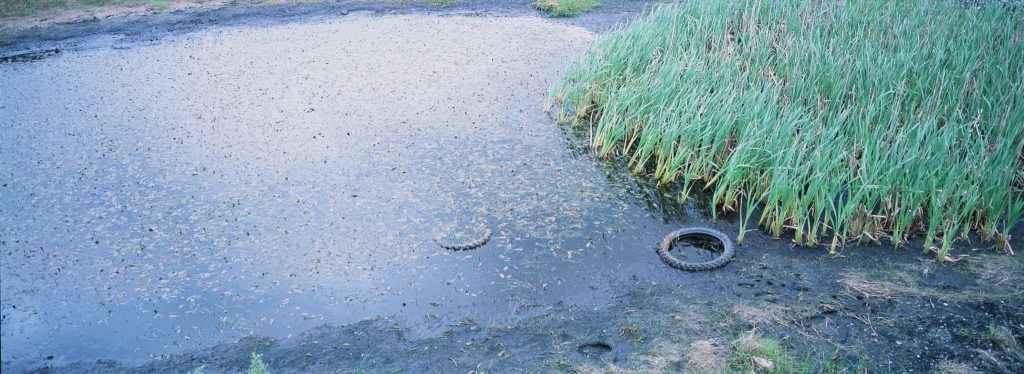
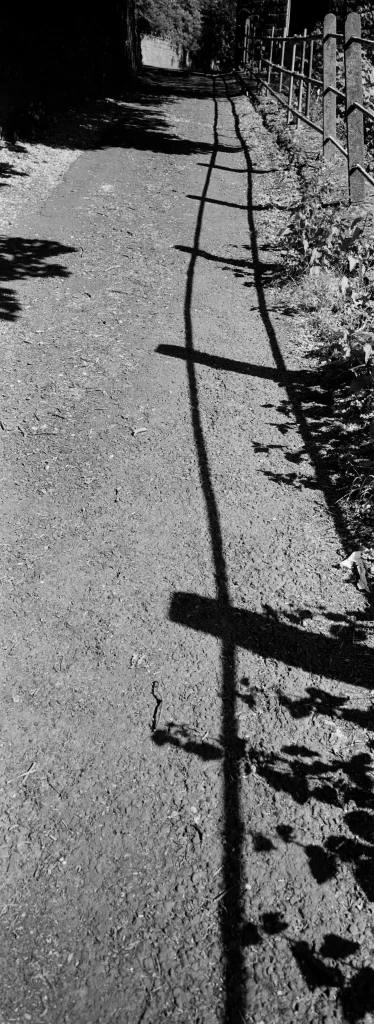
Some thoughts on the cameras
Both the Xpan and TX-1 feel solid and well made cameras, I find them simple to use and an instinctive cameras to shoot with. I’ve shot 3 rolls of film so far and it has been pretty much the magical experience that I expected. I feel i’m already more aware of light conditions and I tend to wait for good light to use it in.
This could be down to finding them less usable in low light conditions than my digital camera. The light meter always seems to be showing as underexposed and I often have to shoot at lower shutter speeds than I would normally entertain on my digital camera. But thanks to reading Hamish’s posts on exposing for film my first rolls were not the underexposed disaster they might have been. I used 400 ISO film, set the ISO dial to 200 and overexposed most of the shots by 2 stops. I then instructed AG photo lab to push the film too. The result was that most of my shots on these first rolls came back ok.
The film experience
Having only 20 shots on a roll has certainly made me think carefully before I shoot, but I also find myself taking experimental shots that it would never have occurred to me to take on my digital cameras. I have no explanation for this other than I’m using film and viewing everything in the panoramic format and it feels like an adventure.
I knew I would get a certain ‘look’ shooting film and it’s nice to have an experimental shot on a roll to add a little excitement while I wait to get my photos back. There really is no substitute for the rush of excitement when those developed shots drop through the letterbox! It’s quite a novelty to have to wait a few weeks to see the results. It also allows me time to assess them more dispassionately as time has elapsed. 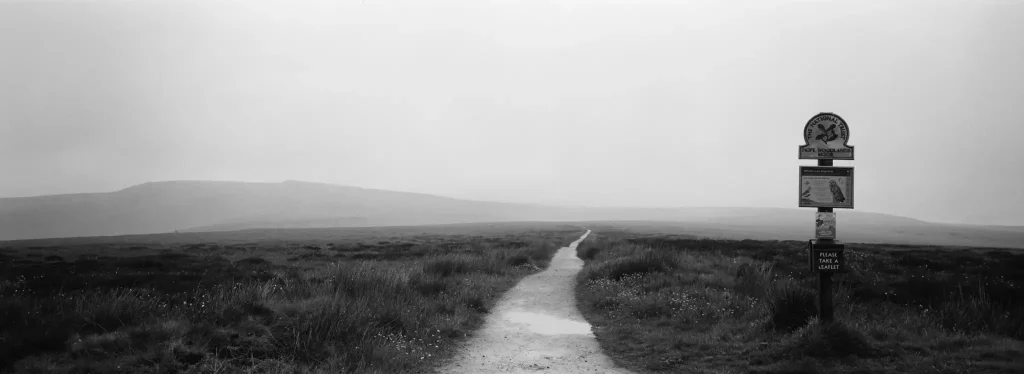
When I’m out with the Xpan its a very different experience to shooting with my digital cameras. When I press the shutter it’s done, I can’t pause to check what i’ve captured, and i’m on to the next shot. Overall I’m pleased with the results I’m getting from the Xpan.
When I get my scans back from the lab that is pretty much ‘it’ too, bar a few minor tweaks. So quite a different experience from editing digital RAW files and the endless variations that are possible. I’ve lost many a night tweaking my RAW images to perfection only to come back the next week and decide that I’ve over processed the image, throw it out and start again.
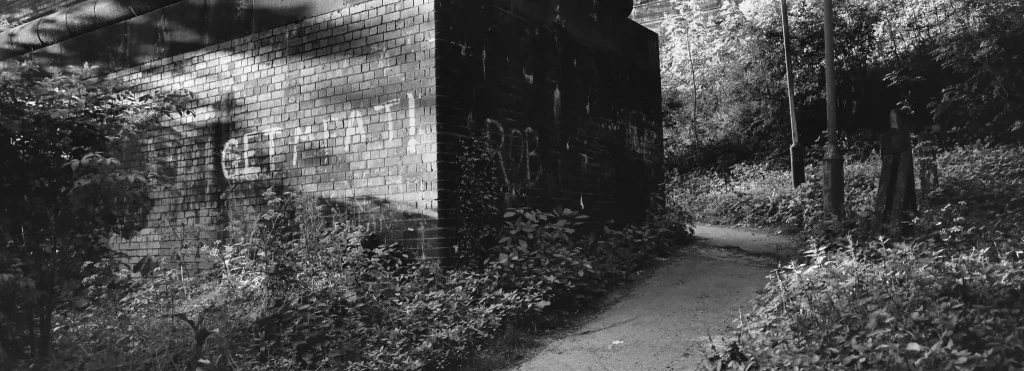
I have read other peoples experiences shooting film and knew roughly what to expect. What I hadn’t bargained on is that having to concentrate so much on the mechanics of manual film photography and the panoramic format has made think less about the actual content and narrative of my images. Something that I took for granted with digital as the autofocus and my familiarity negotiating the controls of my Ricoh GR was almost second nature. So I was able to really concentrate on the content of the shot I was taking, not on the camera.
I’m obviously drawn to shooting different scenes using this camera than I would my digital cameras. So I still usually grab my Ricoh GR or Fuji XT2 when I leave the door as I can depend on them to get any opportunistic shots that I might happen upon and they are less cumbersome to carry around. I would certainly miss those kind of shots with the XPan as simply managing the focussing and exposure is a something of a challenge, and even trickier in low light. I’m sure as I progress though I will gain more mastery and speed over the manual process of shooting with this camera.
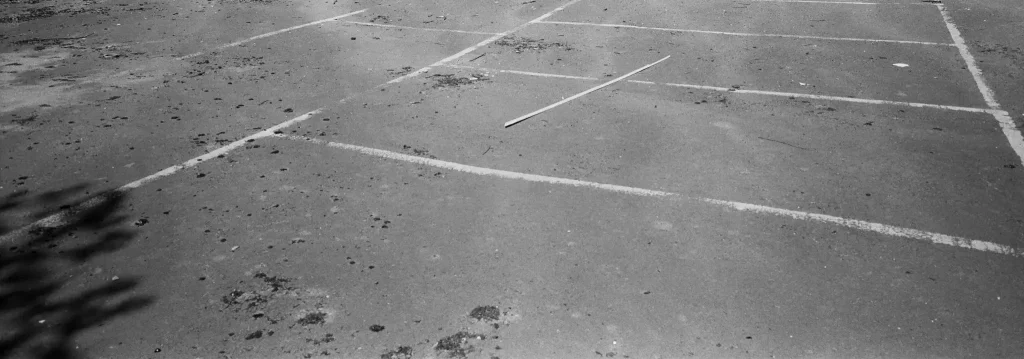
The Xpan has become the camera I choose when I want to slow down and go out to pursue that perfect ‘panoramic film moment’. Panoramic shots are new to me and I love the obvious cinematic references. It’s a challenge and encourages a different way of composing images. I also love the extra room for detail and context it can provide within the shot. Initially I was drawn to landscapes but I did try a few portraits and shots of a more topographical nature. I’ve seen some good street photography done on the Xpan too.
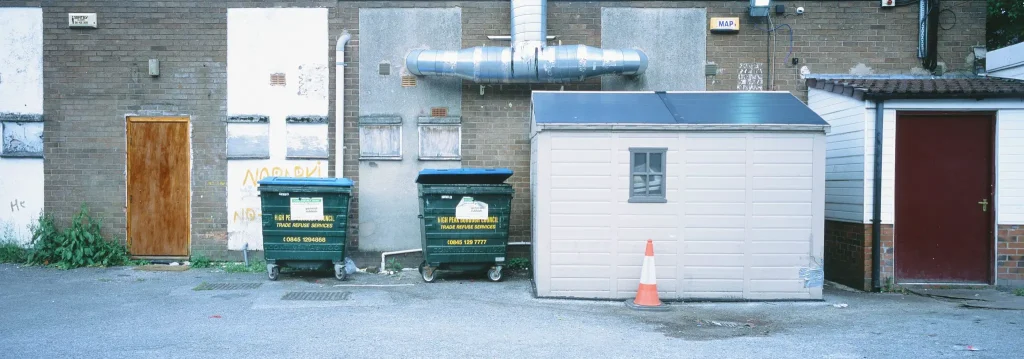
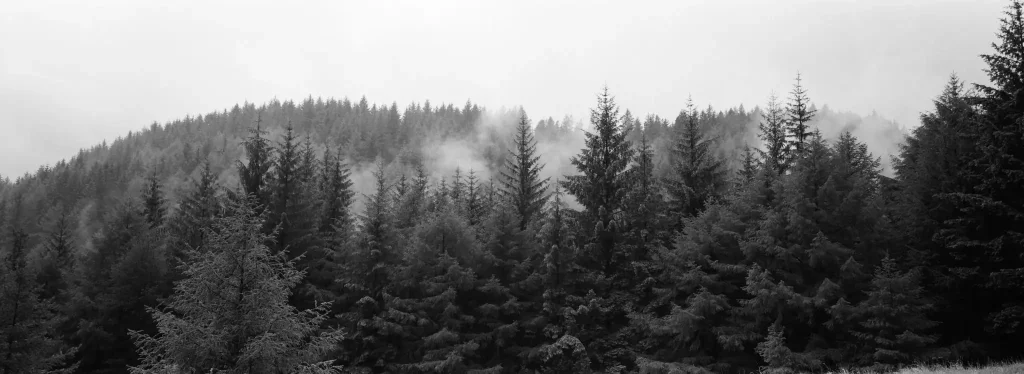
Summing up
I’m still viewing the Xpan as an experiment. I shoot in an entirely different way with this camera than with my digital cameras, so it in no way replaces them. I almost need to find time to shoot panoramas outside of my ongoing digital projects. I’m aware that I could shoot the camera in standard 35mm mode but somehow I don’t feel I want to as its bit of a lump to carry around and the slower lenses are not as flexible as my digital cameras in the Peak District light, so I’m treating it as a purely panoramic camera. The thought has crossed my mind that I could simply switch my Fuji XT2 to 16×9 mode and crop a little, but then the experience of shooting a panorama wouldn’t be as purposeful and of course it wouldn’t be on film. So I’ll shelve that thought for now! My gut feeling is that the Xpan will prove to be a diversion, albeit an instructive and fun one.
Share this post:
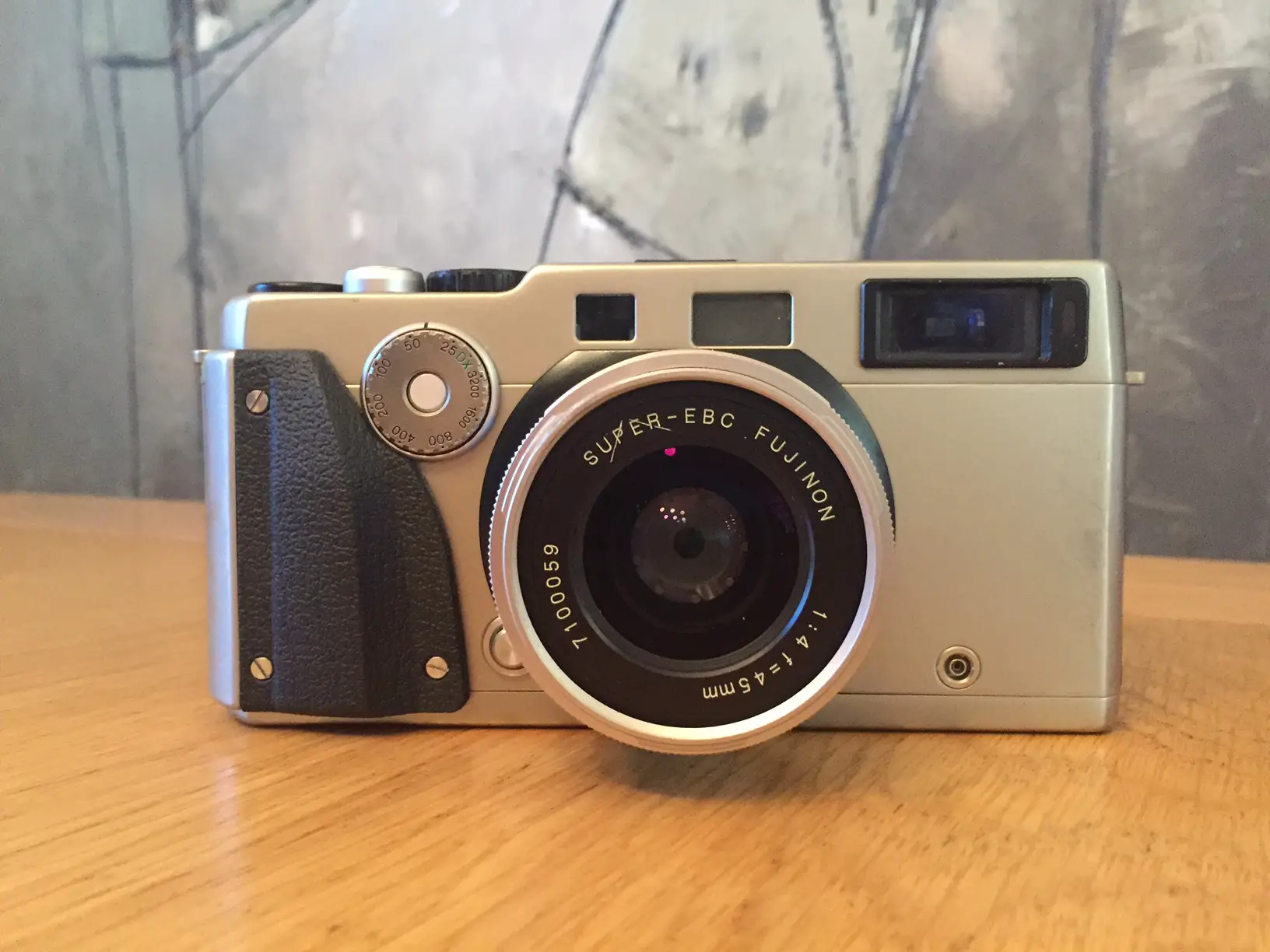








Comments
Richard on Finding my way in photography Part 2 – My first steps shooting film – Guest Post by Nick Holt
Comment posted: 17/09/2017
Comment posted: 17/09/2017
Stephen Bloomfield on Finding my way in photography Part 2 – My first steps shooting film – Guest Post by Nick Holt
Comment posted: 17/09/2017
StephenJ on Finding my way in photography Part 2 – My first steps shooting film – Guest Post by Nick Holt
Comment posted: 17/09/2017
My mad camera of choice is the Hasselblad SWC aka "the superwide", which is a medium format (120 6x6) camera with a fixed lens, no rangefinder, no lightmeter and only an accessory viewfinder. I reckon that is has been this camera that has made me consider selling my digital M-P(240) and its Karbe lenses, and go the M-A Sonnar, Biogon route for every day photography.
Winston Churchill once (possibly apocryphally) said "that the game of golf was like a good walk, ruined", well possibly, but it is nice to have something relatively difficult to do whilst out walking, as such tarrying lets one see so much more of what is all around. I reckon that Churchill was wrong about the concept, even if he was right about the game.
There is only so much resolution one can take.
Oh and don't Hasselblad make some fantastic cameras?
Comment posted: 17/09/2017
Wayne on Finding my way in photography Part 2 – My first steps shooting film – Guest Post by Nick Holt
Comment posted: 17/09/2017
Comment posted: 17/09/2017
Marco North on Finding my way in photography Part 2 – My first steps shooting film – Guest Post by Nick Holt
Comment posted: 17/09/2017
I have owned an Xpan I for years and years. As a filmmaker, I work in a 1:2.35 aspect ratio a lot of the time, so the long rectangle is a familiar beast for me. I think shooting "landscape" work with these cameras is a seductive trap. It can get stale quite quickly in my opinion. That said, using it as a strange letter box that you can glimpse things inside (a lot like filmmaking) the elusive things that pass within this slim rectangle can be just amazing. I say try for elegant street work in your adventures. I see it happening.
Comment posted: 17/09/2017
Comment posted: 17/09/2017
Comment posted: 17/09/2017